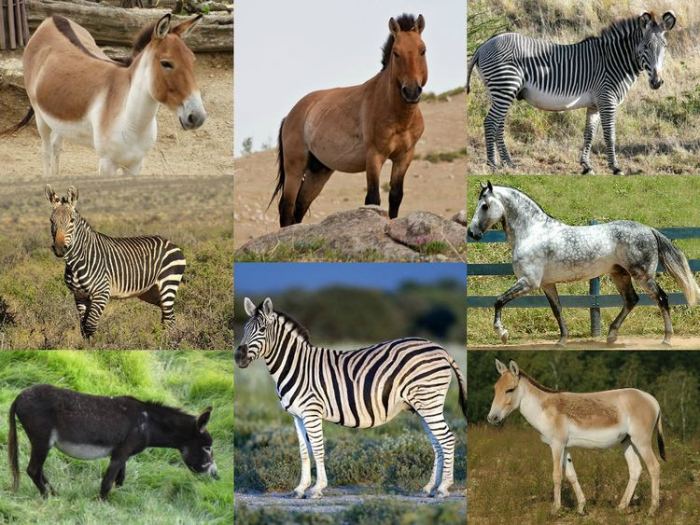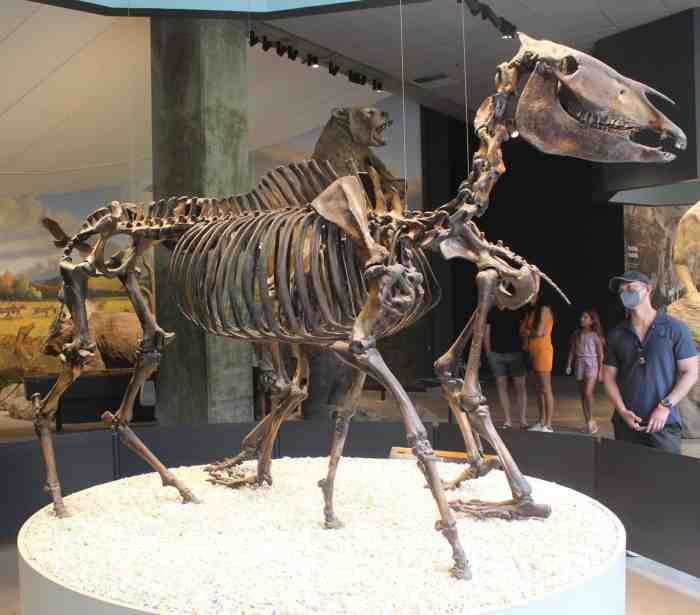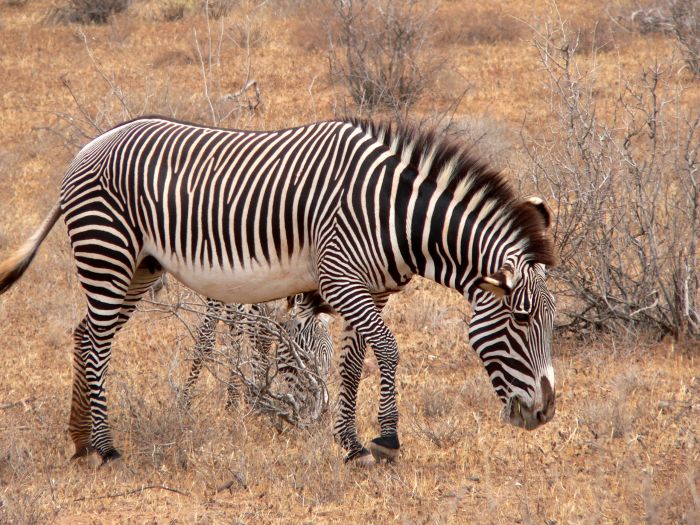Like all animals in the genus equus uniquely – Like all animals in the genus Equus, horses, donkeys, and zebras possess a distinctive combination of physical and behavioral traits that set them apart from other animal groups. These unique characteristics have evolved over millions of years, enabling equines to thrive in a wide range of habitats and play significant roles in human societies.
From their distinctive body structure to their complex social dynamics, equines exhibit a remarkable array of adaptations that have allowed them to flourish in diverse environments. Their evolutionary journey, marked by diversification and specialization, has resulted in the emergence of different breeds and subspecies, each with its own unique set of characteristics.
Unique Characteristics of the Genus Equus

Equines, members of the genus Equus, are a group of hoofed mammals that exhibit a unique set of physical and behavioral traits that distinguish them from other animal groups. These characteristics have evolved over millions of years to adapt to their specific ecological niches.
Physical Adaptations
- Hooves:Equines have a single-toed foot with a hard hoof that provides support and protection.
- Long, slender legs:Their long, slender legs allow for efficient running and jumping.
- Mane and tail:The mane and tail provide protection from insects and sun.
- Teeth:Equines have specialized teeth for grazing and grinding vegetation.
Behavioral Adaptations
- Herd behavior:Equines are social animals that live in herds for protection and cooperation.
- Dominance hierarchy:Within herds, there is a clear dominance hierarchy that regulates access to resources.
- Communication:Equines communicate through vocalizations, body language, and scent marking.
- Flight response:Equines have a strong flight response to potential predators.
Evolutionary History and Diversification

The genus Equus evolved from a common ancestor in North America approximately 5 million years ago. Over time, equines spread to other continents and diversified into several species.
Key Factors Driving Diversification
- Habitat differences:Different habitats imposed different selective pressures, leading to the evolution of specialized adaptations.
- Competition:Competition with other herbivores drove the evolution of different feeding strategies and body sizes.
- Geographic isolation:Isolated populations evolved unique traits due to limited gene flow.
Modern Species
- Horse (Equus caballus):The most common domesticated species, used for transportation, recreation, and sport.
- Donkey (Equus asinus):A smaller, more robust species used for carrying burdens.
- Zebra (Equus zebra, Equus quagga):African species with distinctive black and white stripes for camouflage.
Comparative Anatomy and Physiology
Equines share many anatomical and physiological similarities with other ungulates, but also possess unique features.
Anatomical Adaptations
- Longitudinal colon:A specialized digestive system for efficient digestion of cellulose.
- Large heart and lungs:Provide oxygen for sustained running.
- Large nostrils:Facilitate efficient breathing during exercise.
Physiological Adaptations
- Sweat glands:Allow for thermoregulation during exercise.
- Fast metabolism:Enables high energy output.
- Low blood pressure:Reduces the risk of cardiovascular problems during exercise.
Behavioral Ecology and Social Dynamics: Like All Animals In The Genus Equus Uniquely
Equines exhibit complex social behavior that is essential for their survival and reproduction.
Herd Structure
- Harems:Led by a dominant stallion with several mares and offspring.
- Bachelor groups:Groups of young males that have not yet established harems.
- Mixed groups:Groups of mares, foals, and young males.
Communication
- Vocalizations:Whinnies, snorts, and squeals are used to communicate different messages.
- Body language:Ear position, tail movements, and body posture convey information about mood and intentions.
- Scent marking:Equines use urine and feces to mark their territory and attract mates.
Domestication and Human Interactions
Equines have a long history of domestication, playing a significant role in human societies.
Domestication
- First domesticated:Around 3500 BC in Central Asia.
- Purpose:Initially used for transportation and warfare.
- Spread:Spread to other regions through trade and conquest.
Roles in Human Societies
- Transportation:Used for riding, pulling carts, and carrying burdens.
- Warfare:Cavalry played a crucial role in military campaigns.
- Companionship:Equines are often kept as pets and for recreational activities.
Conservation and Management

Equines face threats to their survival in the wild and in captivity.
Threats
- Habitat loss:Destruction of natural habitats due to human activities.
- Overpopulation:Uncontrolled breeding in captive populations.
- Disease:Equine infectious diseases can spread rapidly and cause significant mortality.
Conservation Strategies
- Habitat protection:Preserving and restoring natural habitats.
- Population management:Regulating breeding to prevent overpopulation.
- Disease control:Implementing vaccination and quarantine measures.
Common Queries
What is the defining characteristic of the genus Equus?
Equines are distinguished by their unique body structure, characterized by a single-toed hoof and a long, slender body adapted for speed and endurance.
How have equines evolved over time?
The genus Equus has undergone significant evolutionary changes, with different species adapting to diverse habitats and ecological niches. This diversification has resulted in the emergence of various breeds and subspecies, each with its own distinct characteristics.
What are some of the unique behavioral traits of equines?
Equines exhibit complex social behavior, including strong social bonds, sophisticated communication systems, and hierarchical structures. These behaviors play a crucial role in their survival, reproduction, and social dynamics.